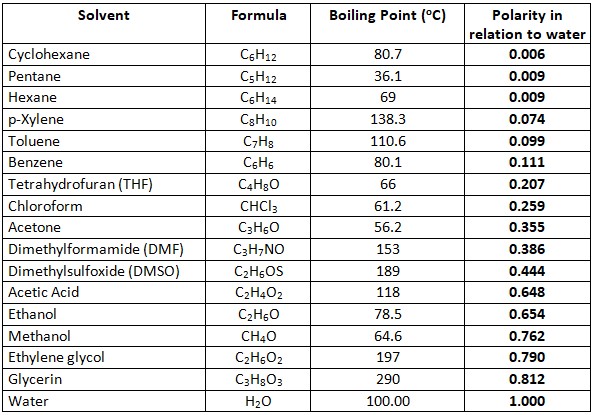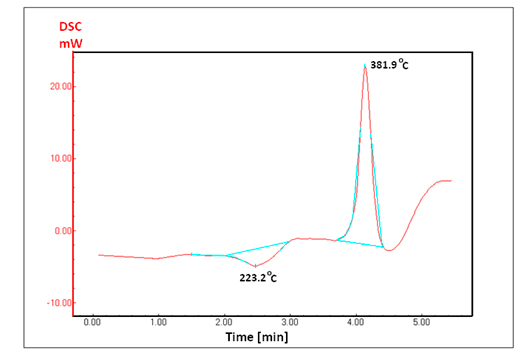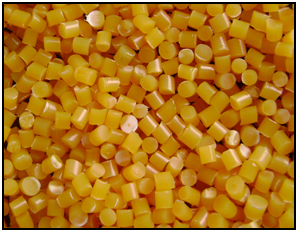GLYCERIN AS PLASTICIZER OF PAN
Home > Glycerin as plasticizer for PAN
Due to this availability of glycerin on the market at a very low price it is very advantageous to use it in PAN plasticization.
Therefore, it is a focus of IGTPAN research, the development of copolymers that allow to be plasticized with this glycol or its derivatives, producing THERMPAN resins that can be transformed into fibers or any other type of product.
The viability of the use of glycerol has already been proven in several resins that were produced with some copolymers synthesized and that presented excellent melt spinning rheologies.
Another great advantage of employing glycerin in PAN plasticization is because it is very soluble in water, it can be easily removed from the fibers by washing, restoring the fibers to the same composition as the original copolymer, as if they were produced by wet or dry spinning.
This way these fibers are suitable for producing carbon fiber.
Advantages of Glycerin in PAN plasticization:
- It is one of the most highly known polar substances after water.
- It has a boiling point above the melting temperature of PAN.
- Totally soluble in water, which facilitates its removal from the fibers.
- Low toxicity in relation to solvents used for PAN spinning.
- Totally biodegradable.
- From renewable resources abundant on the planet.
- Increasing production in the world due to the production of biodiesel (~ 2.3 million tons / year).
- Low price on the market ( < US$ 0.2 / kg).
Useful properties of glycerin in PAN plasticization
Glycerin, glycerol, chemically 1,2,3-propanotriol (C
3H
8O
3), is one of the known substances with higher polarity.
Due to this high polarity and high boiling point, at a temperature above 180
oC it becomes miscible with PAN, acting as a solvent and crystallinity reducer, causing the polymer to melt, allowing its thermoplastic conformation in conventional equipment such as extruders and injectors.
Another point to consider when using glycerin, also due to its high polarity, is that it causes a greater stabilization of PAN's nitrile nitrogen, slowing cyclization and crosslink formation in the chain, allowing it to be fused for a sufficient period of time to be able to perform its conformation, in the same way as a conventional thermoplastic polymer.
It is important to highlight that PAN is a polymer that has the property of being heat-resistant with heating. This heating causes a large release of energy, which causes an even greater increase in temperature, and which, if not controlled, can cause the polymer to burn.
Polarity table of the main solvents in relation to water
It can be observed by the thermal analysis (DSC) that the incorporation of glycerin in PAN as a plasticizer makes the endothermic peak of its fusion visible and quite separated from the exothermic peak of cyclization, with a difference greater than 150
oC, which would not be possible to observe if it was not present.
DSC analysis of PAN-co-PVA 6.0% plasticized with glycerin where the endothermic melting peak at 223 oC can be visualized, just before the exothermic peak related to the cyclization of the polymeric chain at 382 oC.
Heating rate of 10oC / min in closed crucible.
THERMPAN - Resin containing PAN and Glycerin
With the incorporation of glycerin in PAN copolymers it was possible to produce fibers and various products that can be used in extruders. This mixture or resin was called
THERMPAN.
Several types of
THERMPAN resins can be produced with different types of copolymers, which depends on the application.
THERMPAN Pellets


